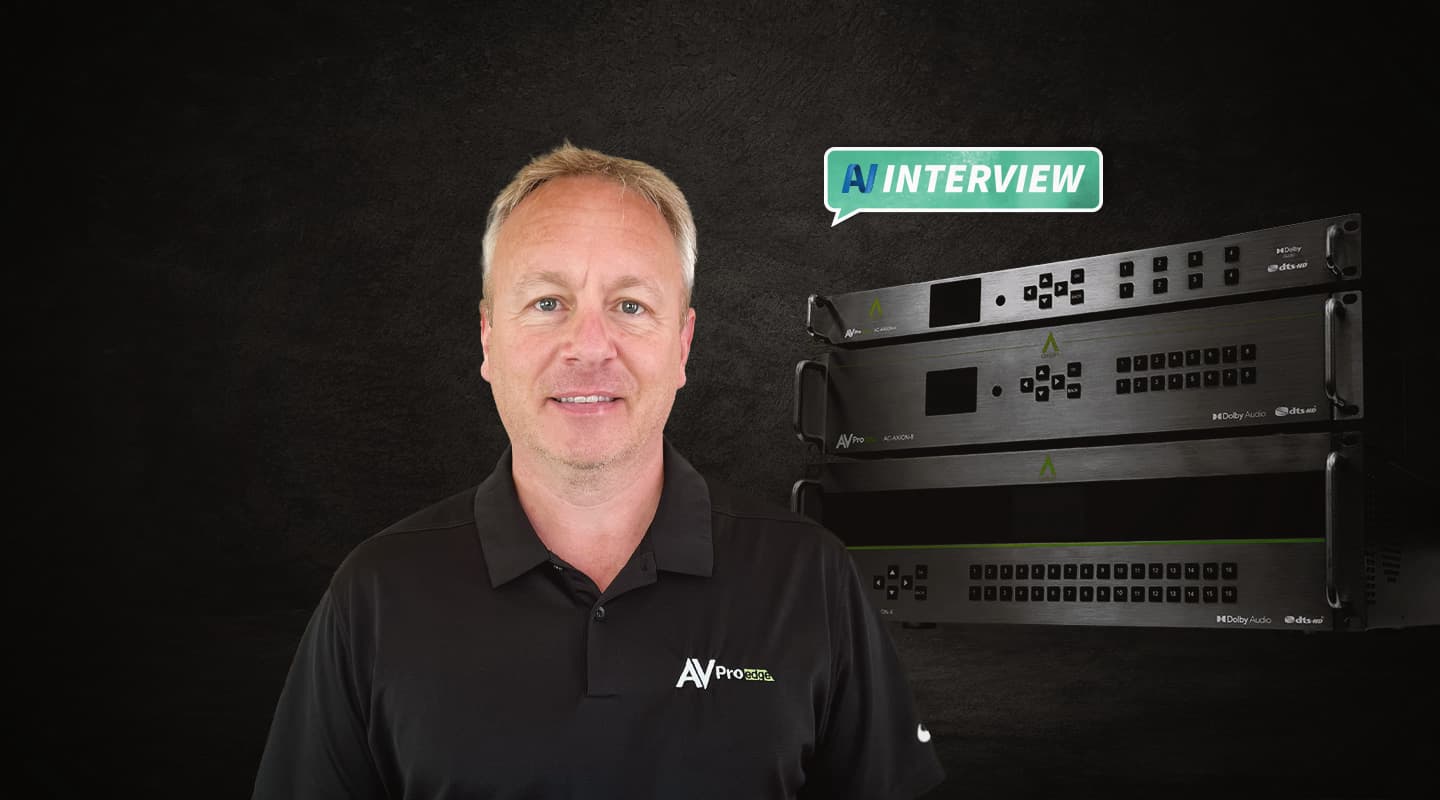
AV Interview: Gary Vlaeminck AVPro Edge
AV.Technology catches up with AVPro Edge international Business Manager, Gary Vlaeminck, while in Australia. We talk USB3, fibre, convergence and providing a frictionless meeting room experience.
AV: Welcome Gary. What brings you to Australia?
Gary Vlaeminck: It’s not my first trip. I’ve been here about 30 times but it’s my first since covid. Primarily this trip has been about solidifying a new distribution arrangement with our Australian distributor, AVD.
AV: How so?
Gary Vlaeminck: We sell internationally through distribution partners, and one of the more established of those distribution partners is AVD. We’ve been working with them now for five or six years and they support the products incredibly well from a technical perspective and from a commercial perspective. And so we were looking to expand upon that into New Zealand, which they’ve taken over for us and also on a broader scale within APAC. As a business, we’ve explored different ways of being able to expand into APAC and we wanted somebody who we know and trust and has the capability to to support the product. So late last year we sat down with AVD and discussed the options of then basically trading as AVPro Edge APAC on our behalf. This trip, I’m here to dot the I’s and cross the T’s on the overall APAC business plan.
AV: AVD is particularly strong in the meeting room space. How does that gel with AVPro Edge and how you’ve evolved over the last five or so years?
Gary Vlaeminck: It goes beyond the meeting room space. There’s a lot of larger commercial AV business which needs a distributor to help manage the projects from a technical perspective or even a system design perspective. It’s imperative because those larger projects can get messed up pretty easily. And again, AVD has that technical competency, and we trust them to be able to do that.
That said, a few years ago we spoke to them about becoming more involved in the CEDIA space as well, for the residential channel. And they’ve done a fantastic job of that as well. So so it’s not just the meeting room space anymore. It really goes above and beyond that.
And, frankly, it really was important for us to work with a distributor that has a full suite of complimentary products. So they understand that if something were to go awry they have the ability to identify that it could be somebody else’s product — they can see the broader technical picture. That’s incredibly important. AVD fits the bill.
AV: Just on the meeting room conundrum. What, in your view, are the main lumps in the hose for delivering a successful, friction-less meeting room?
Gary Vlaeminck: First of all, it needs to enable the easy and fast and seamless integration of devices. People have got to be able to come into a meeting room and just plug a device in without having to call IT, because, when you get 10 highly paid individuals around a meeting room table sitting there for 15 minutes because they can’t make their displays work… well, that’s expensive. So the seamless and easy and reliable integration of your own device — BYOD — that’s imperative.
As well as that, just small things, but they’re not so small. KVM — keyboard, video, mouse — applications, for example. You’ve got somebody using their laptop and you want their keyboard and mouse to respond at exactly the same time on the display as it is in front of them on their device. We can do that and we’re expanding upon that with latency-free point-to-point extenders. And we do it latency-free with our video-over-IP systems.
But to return to conference rooms, we are expanding our ConferX range of products, which brings the BYOD concept thanks to a magic black box under a table somewhere. We’re working on making that virtually latency-free as well. So that’s how I’d sum up the challenge: compatibility with whatever device that comes into the room and then the ability to have the latency-free interactions.
AV: Where does USB3 fit into a successful deployment?
Gary Vlaeminck: I think it fixes a bunch of problems, but it doesn’t come without its own challenges. One USB cable isn’t necessarily the same as the next. We are definitely working on a broader suite of products that manages those USB capabilities and makes it as seamless as possible. I don’t see that process slowing up as USB-C has massive potential. If it can become a standard with the data rate capabilities it carries, we’re going to see a lot more of that going forward.
AV: Where do you see the possibilities of USB3 taking us?
Gary Vlaeminck: One of the things we’re really focusing on is USB3 from a higher bandwidth perspective and the data speeds. When you combine USB3 with fibre you open up many more possibilities. Currently, you sacrifice bus power when you do that, but we’re working on that.
AV: Will USB3 kill HDMI in AV land?
Gary Vlaeminck: There’s plenty of life left in HDMI. Let’s face it, on the back of any display you’ve got HDMI ports and now they’re HDMI 2.1 compatible. And with HDMI 2.1 you get a whole suite of different features and functionalities HDMI 2.0 didn’t have. So I think HDMI is going to be around for a while to come.
AV: To return to your comments on fibre. Do you still hear objections?
Gary Vlaeminck: Yes. The objections you get with fibre are a) we don’t understand it because we’ve never had to use it in the AV space. b) We’re fearful of it because it’s made of glass and it breaks and you can get shards of glass in your fingers. But there is a manufacturer we work with very closely called Cleerline Technology Group. Cleerline has a patented technology — it’s not proprietary. And I say it’s not proprietary because it’s universally compatible with anybody else’s fibreoptics and connectors. But it is a patented technology that encapsulates the glass with a proprietary polymer which makes it very, very strong, and very safe to handle. And it also makes it able to to bend to a much tighter radius than any other fibre.
So a lot of those inhibitions that people have with fibre have been overcome and have been so for the last 12 or 13 years. But Cleerline arrived before the industry really needed fibre. Now, the technology has caught up with the need for fibre — in particular for HDMI 2.1 and the AVIP convergence as well.
There’s so much stuff sitting on a network now that is either AV-centric or IP-centric or security and we really are pushing the capabilities of copper to the limits. And so we’re now at a point where fibre is necessary. In fact, in some applications, it’s critical. You can’t do what you need to do without using fibre, especially when it comes to the deployment of uncompressed signal with HDMI 2.1, which when it’s fully deployed, requires 48Gb/s and you can’t get that down twisted pair.
So there are some mission critical applications that require the use of fibre. And we’ve never really had that before. There has always been an ability to add some compression and get it through twisted pair. But now the performance of our displays requires the signal to keep up. And that can only really come in the form of fibre.
AV: Is price an issue?
Gary Vlaeminck: It’s an interesting question. So when you look at the price of fibre, there used to be a fairly high disparity between fibre infrastructure versus copper infrastructure — maybe 20 to 25%. But that’s definitely come down. It’s not just in the price of the fibre itself, it’s all of the product that goes into it — the entire fibre ecosystem. Fibre ports are much more prevalent on switches now. SFPs — the small format pluggable devices — that convert fibre to electrons now go for pennies in the dollar compared to 10 years ago where they were expensive. The 40 and 100 Gig type, QSFPs, are still expensive but not the SFPs.
Remember, copper prices vacillate vastly depending on raw material costs, while the price of fibre is pretty stable.
AV: AVPro Edge doesn’t pick sides, it has three AV-over-IP solutions — uncompressed, 1Gb, and a compressed version. What’s your assessment of where 10Gb uncompressed AV-over-IP is at the minute?
Gary Vlaeminck: We see it being heavily deployed in medical applications, for instance, because it’s critical to have video as true to life as possible — if the colour is off it could be the difference between a correct or incorrect remote diagnosis. We’re also seeing it in gaming and esports which will have a fibre, high-bandwidth infrastructure because they need low latency. And to a degree we see it in higher-end sports bars which don’t want watch jittering football — where smooth action and frame rate is important.
AV: Is this the direction you see AVPro Edge becoming a leader?
Gary Vlaeminck: We’re very focussed on trying to lead with new technology rather than adopt and squeeze as much as we can out of old technology. So we are very much focussed on the high-res, high bandwidth video distribution, which is going to deploy successful uncompressed video of the HDMI2.1 standard. We’re incredibly focussed on building out the AV-over-IP platform because it is scalable and the convergence of AV and IP continues unabated. We are also heavily focussed on building out our USB capabilities as well — high bandwidth USB utilising fibre infrastructure. Those are our biggest points of focus at this point.
AVD (AVPro Edge): www.avdistributors.com.au



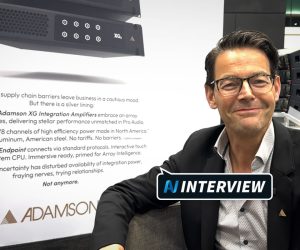

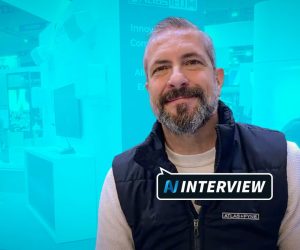

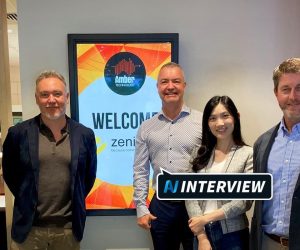

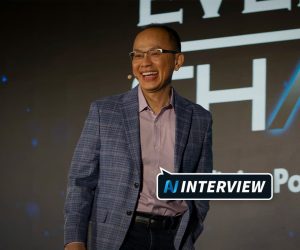
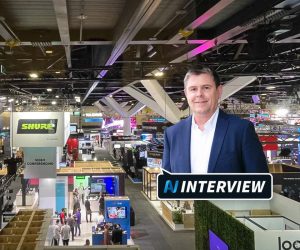




RESPONSES